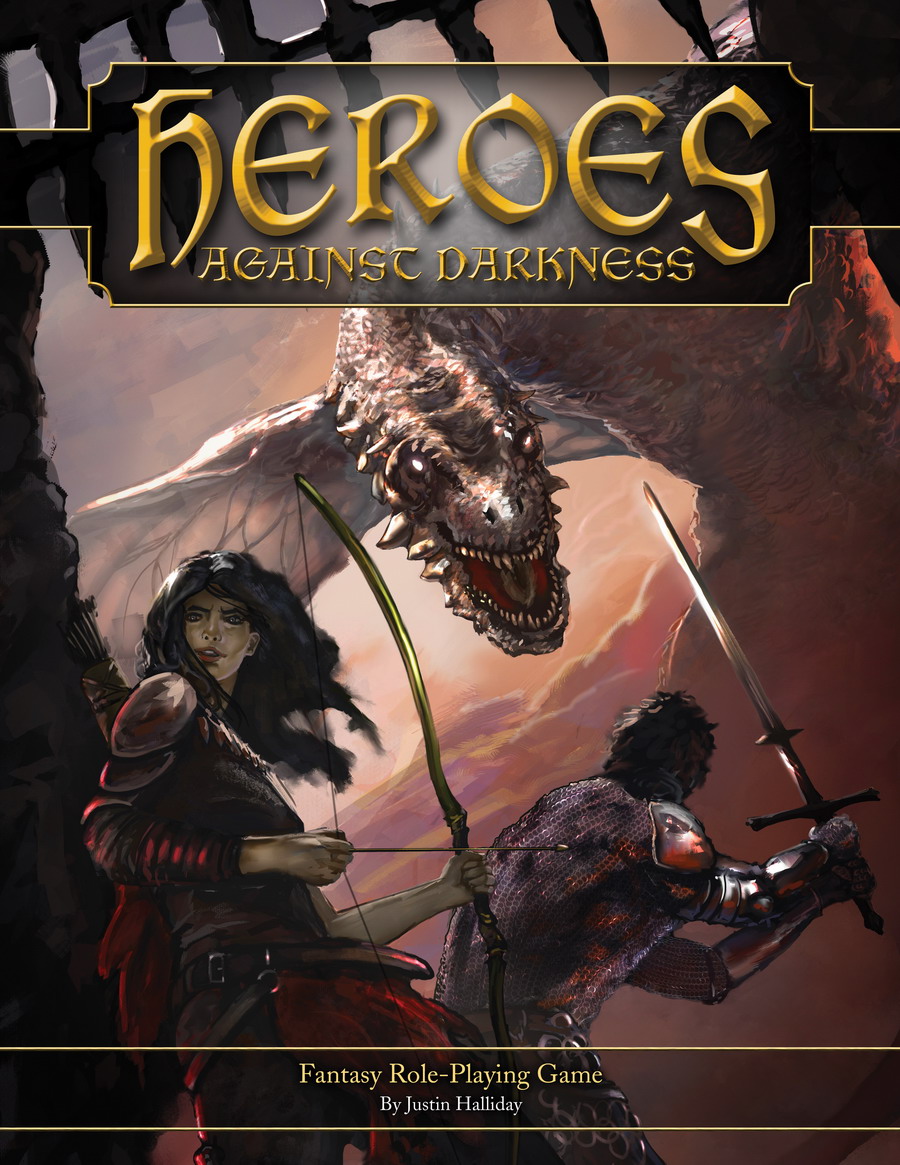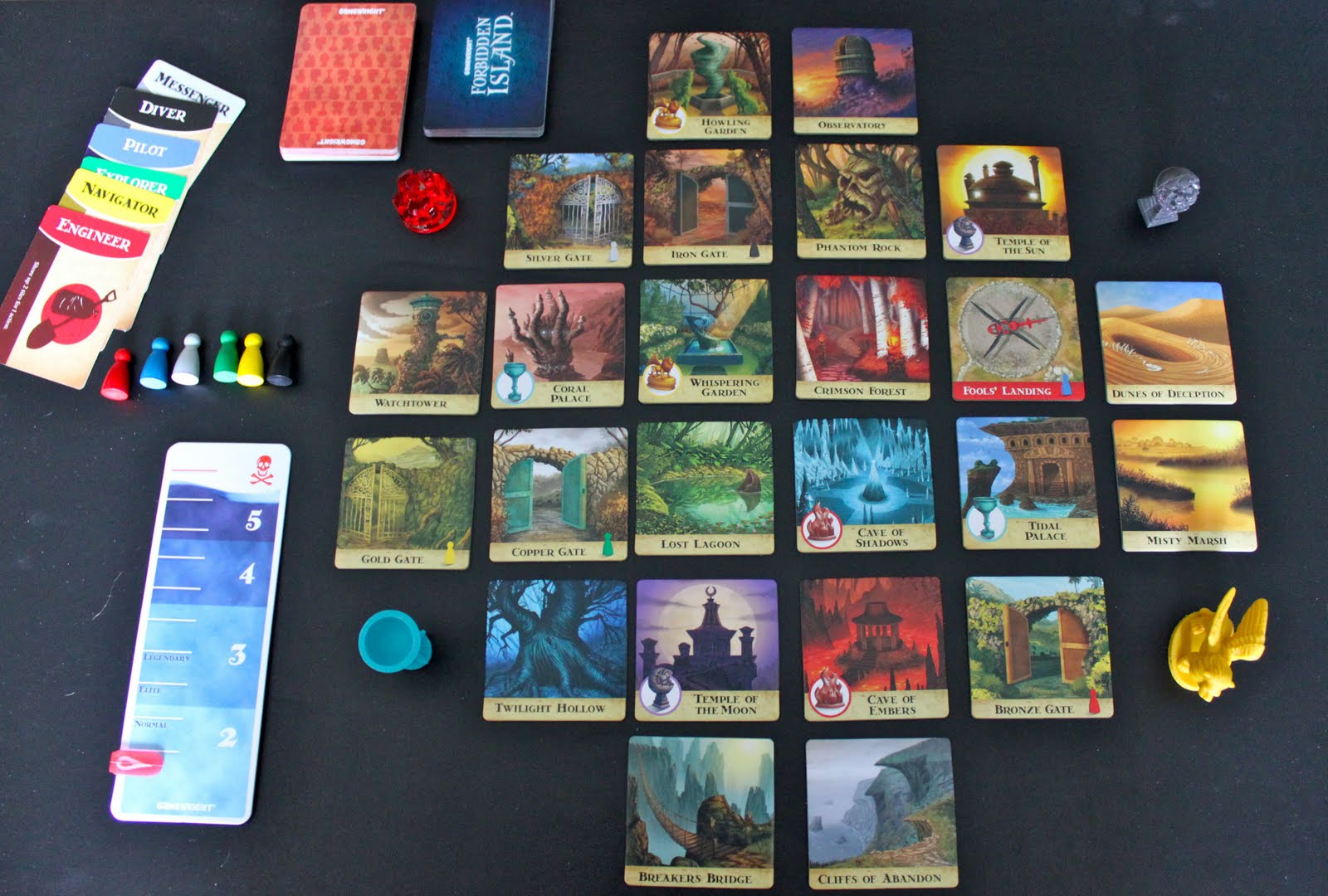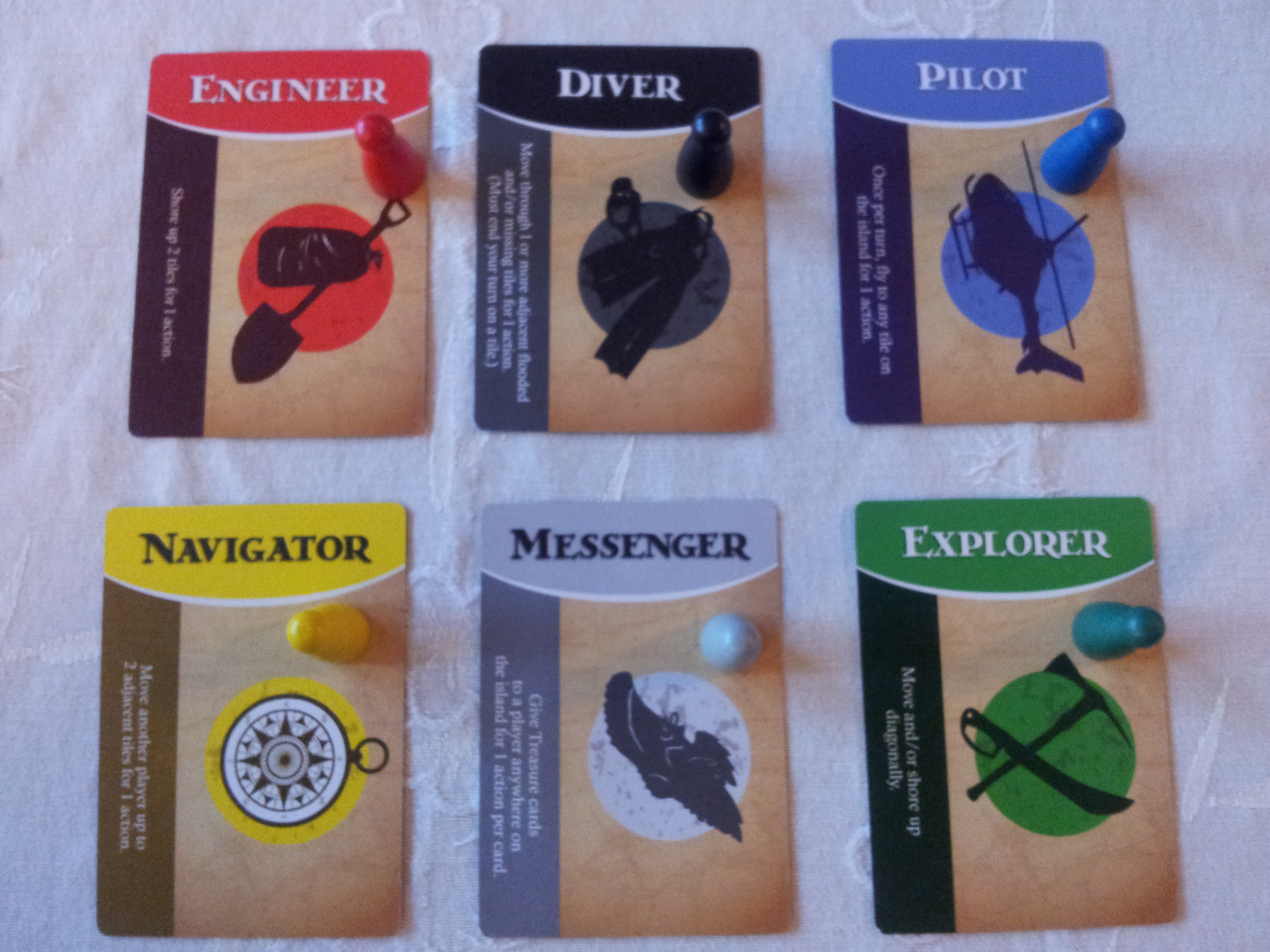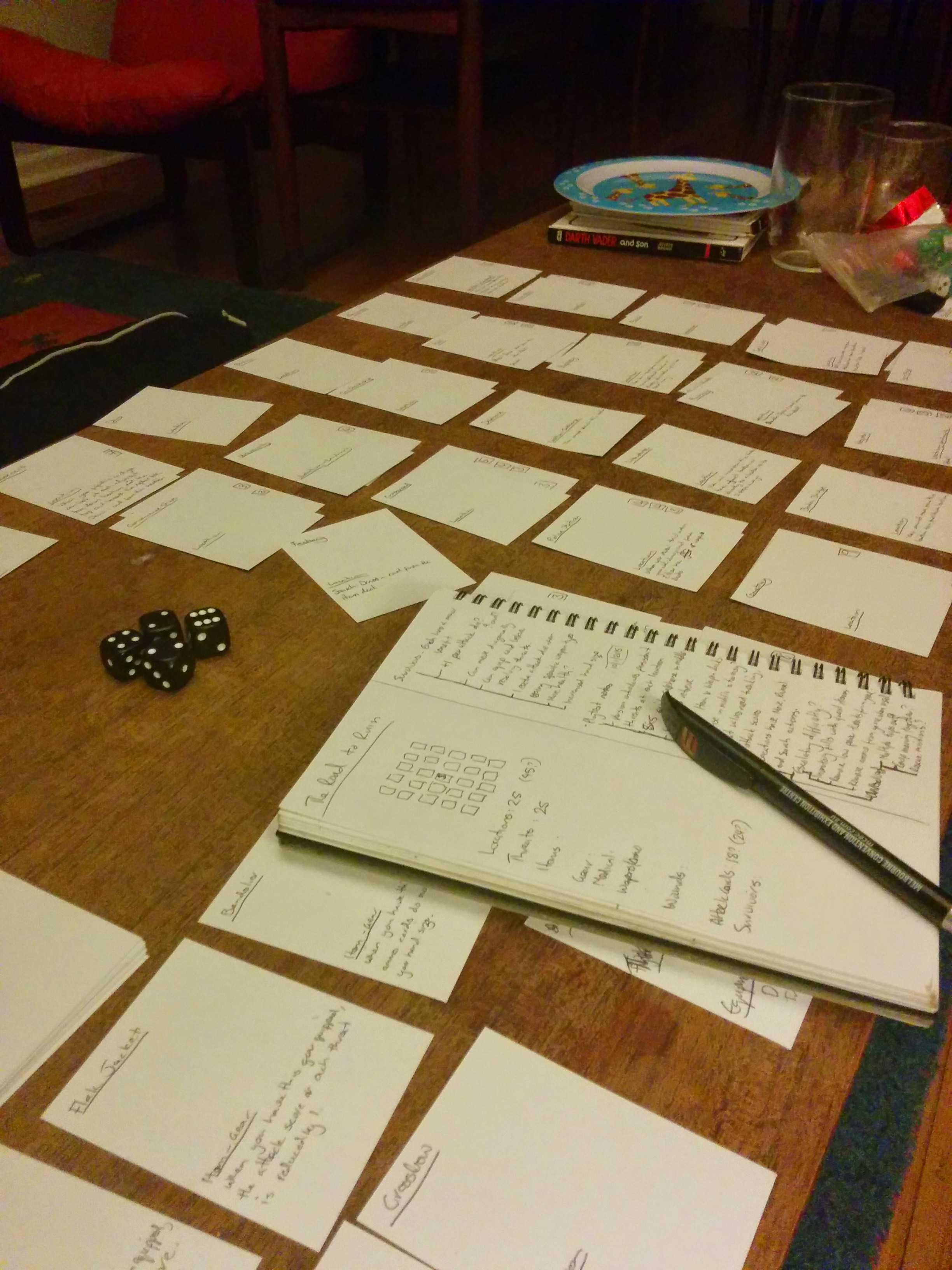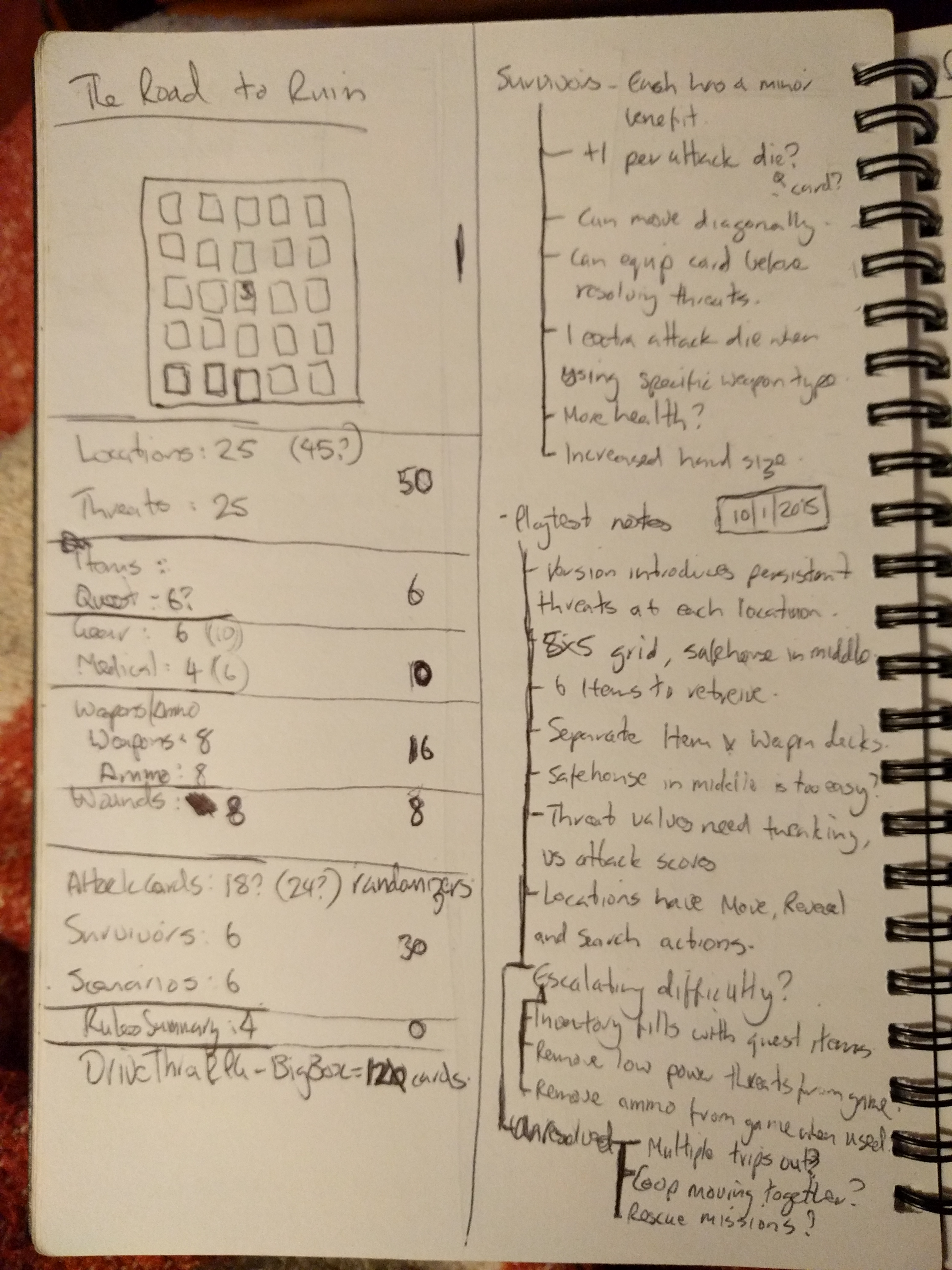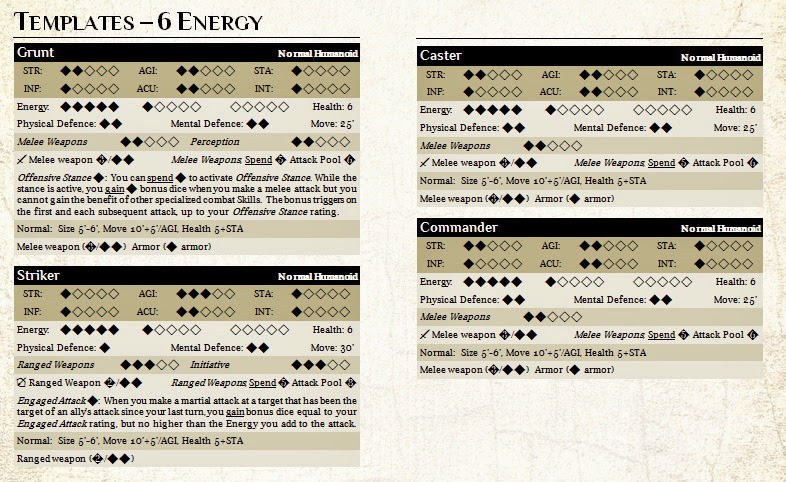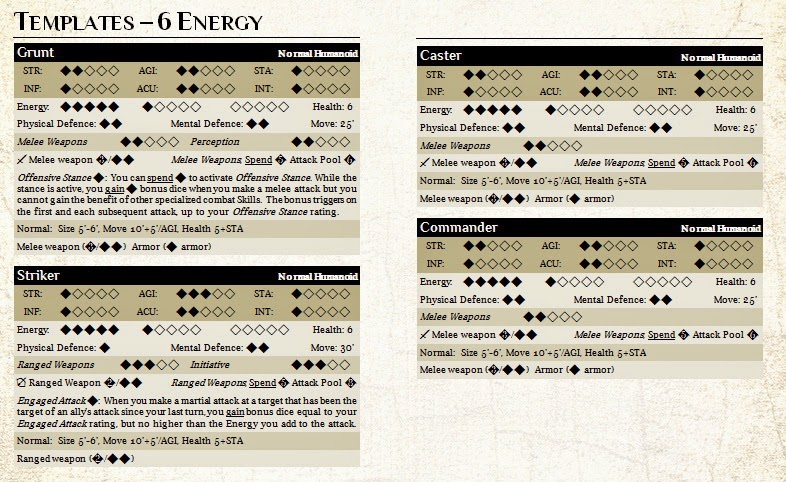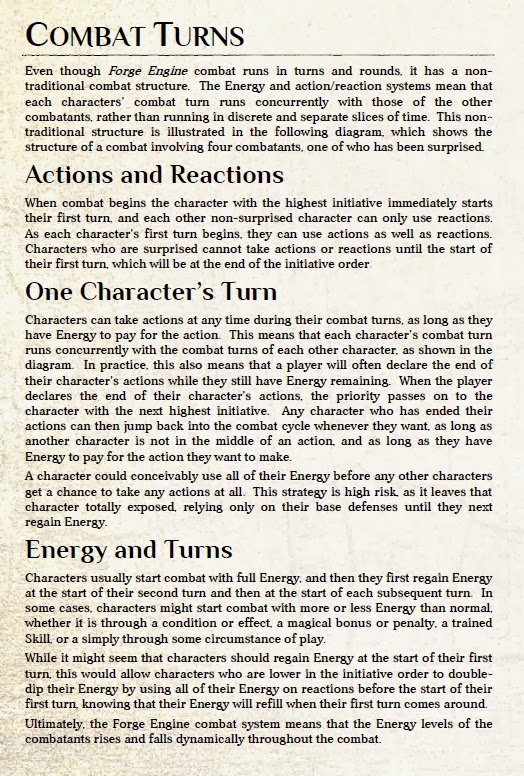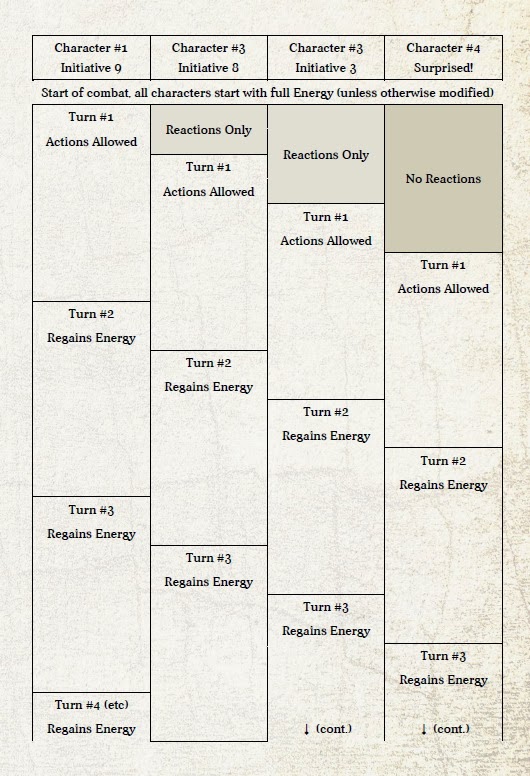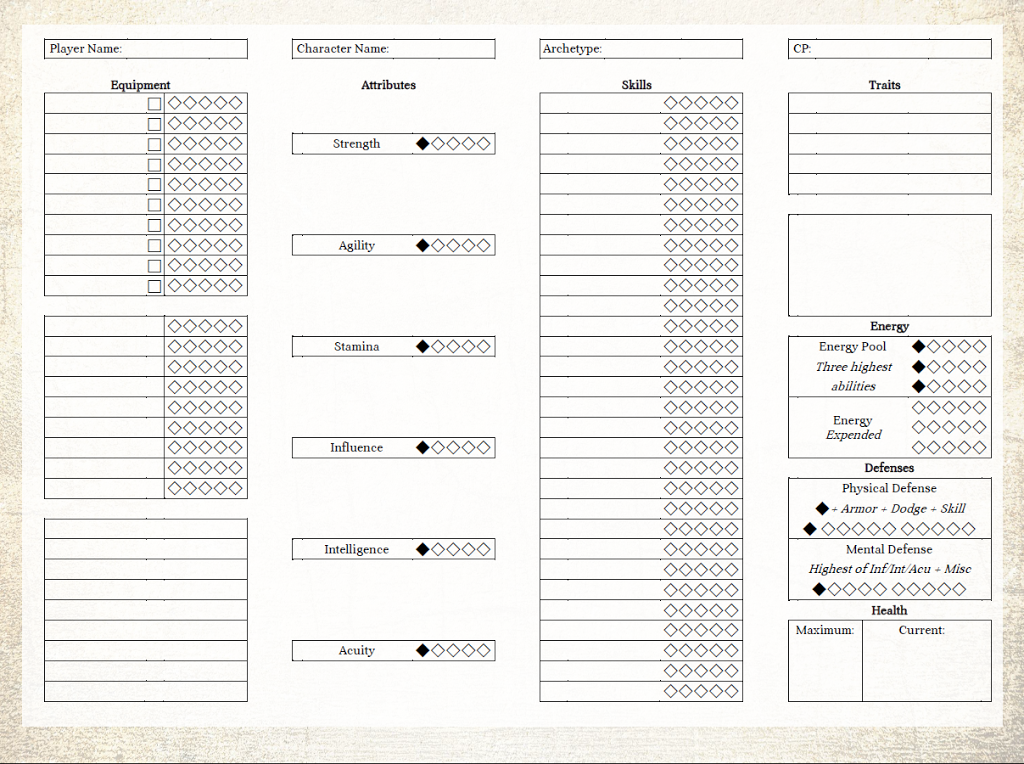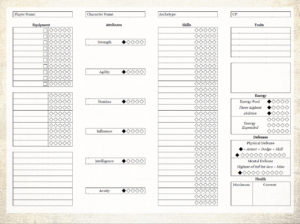Hero Kids Fantasy Adventure Compendium
The Hero Kids print trilogy is (partially) complete!
The Hero Kids - Fantasy RPG and the Hero Kids - Monster Compendium print books are joined by the Hero Kids - Fantasy Adventure Compendium.
The Hero Kids - Fantasy Adventure Compendium includes seven classic Hero Kids adventures ideal for novice players.
Explore the wilds of the Brecken Vale in these adventures:
• Basement O Rats
• Curse of the Shadow Walkers
• Escape from the Ghost Pirates
• Wizard's Tower
• Fire In Rivenshore
• Yuletide Journey
• Tomb of the Lost King
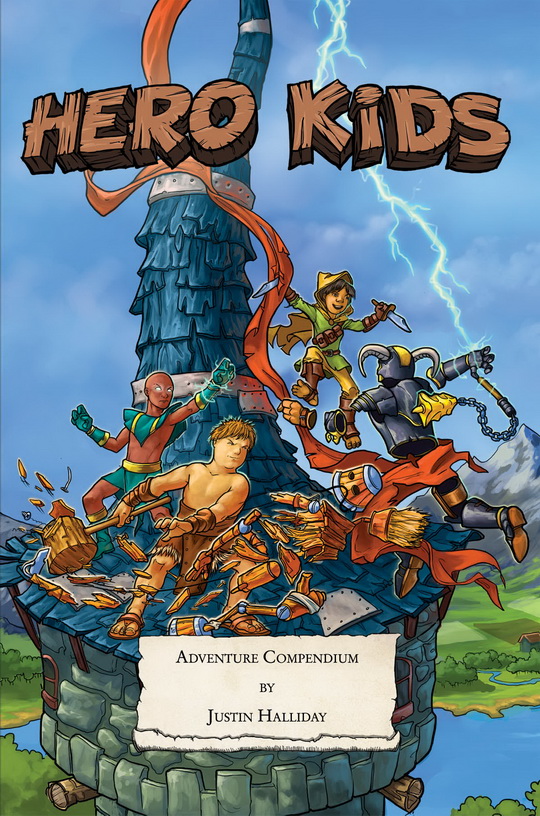
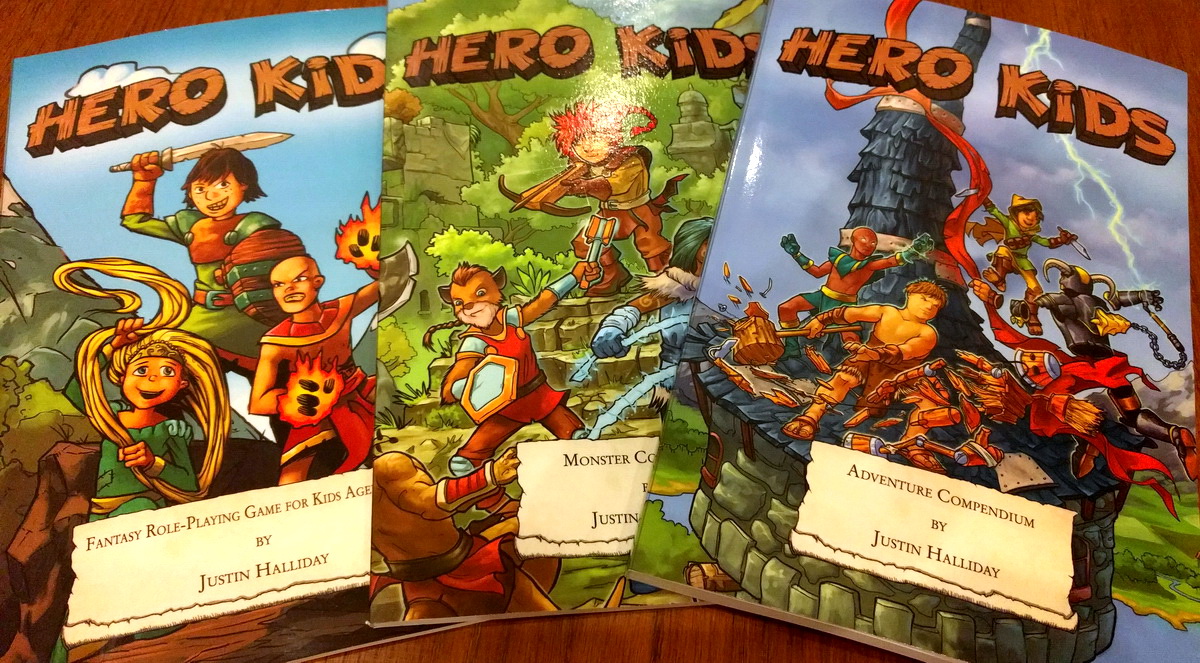
The adventure compendium contains print-specific versions of these seven Hero Kids adventures. This book does not contain printable maps or monster cards, which are available in the Hero Kids PDFs.
The Hero Kids - Complete Fantasy PDF Bundle includes a 50% discount coupon for the softcover print version of Hero Kids - Fantasy RPG, Hero Kids - Fantasy Adventure Compendium and the Hero Kids - Monster Compendium (the coupon is emailed to you when you buy the bundle).
So if you want the whole lot (PDFs and print version of the rules), buy the bundle then use the coupon to buy the softcover print version of Hero Kids - Fantasy Adventure Compendium for half price!
You can get the Hero Kids - Fantasy Adventure Compendium here:
DriveThruRPG: Hero Kids - Fantasy Adventure Compendium
Grab the complete Hero Kids PDF bundle here:
DriveThruRPG: Hero Kids - Complete Fantasy PDF Bundle
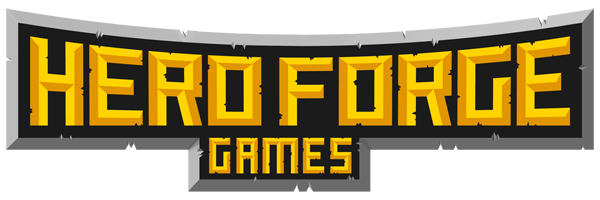
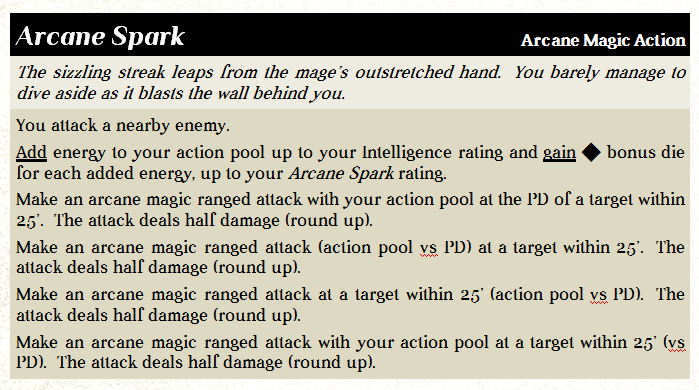
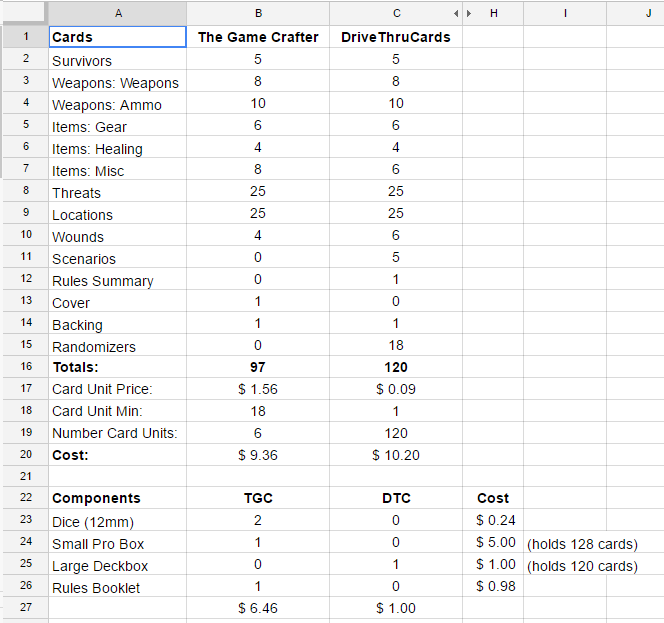
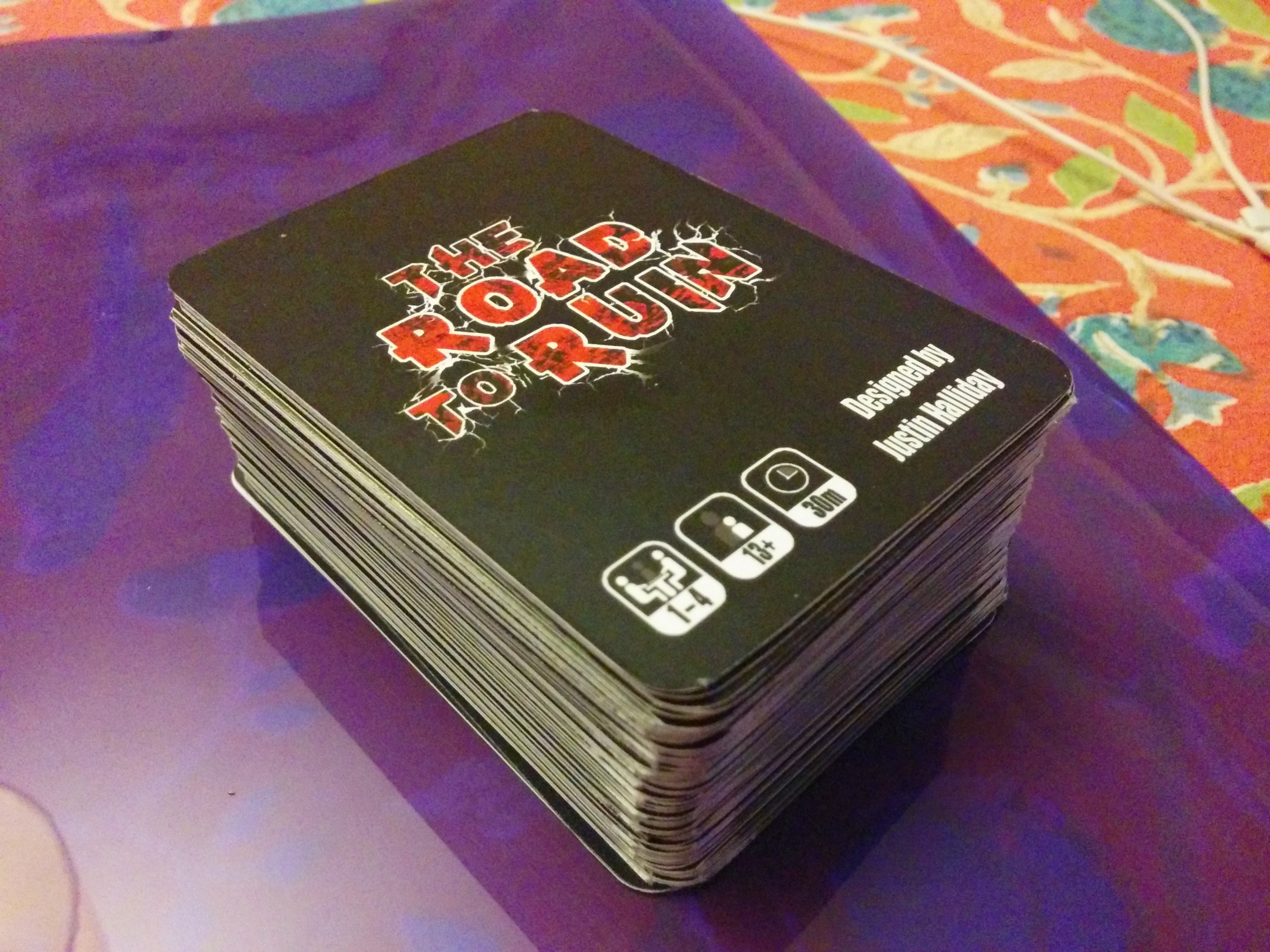
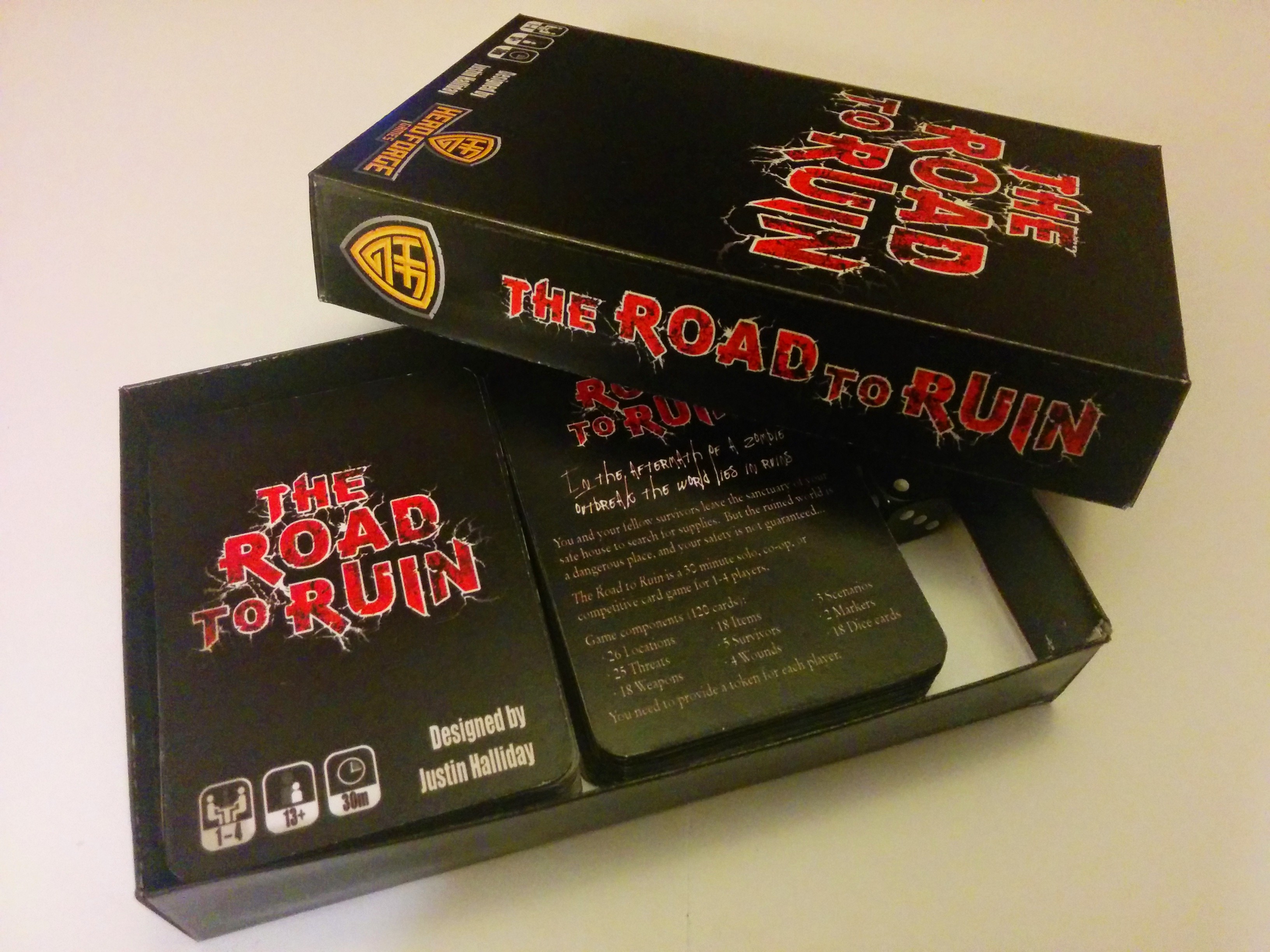
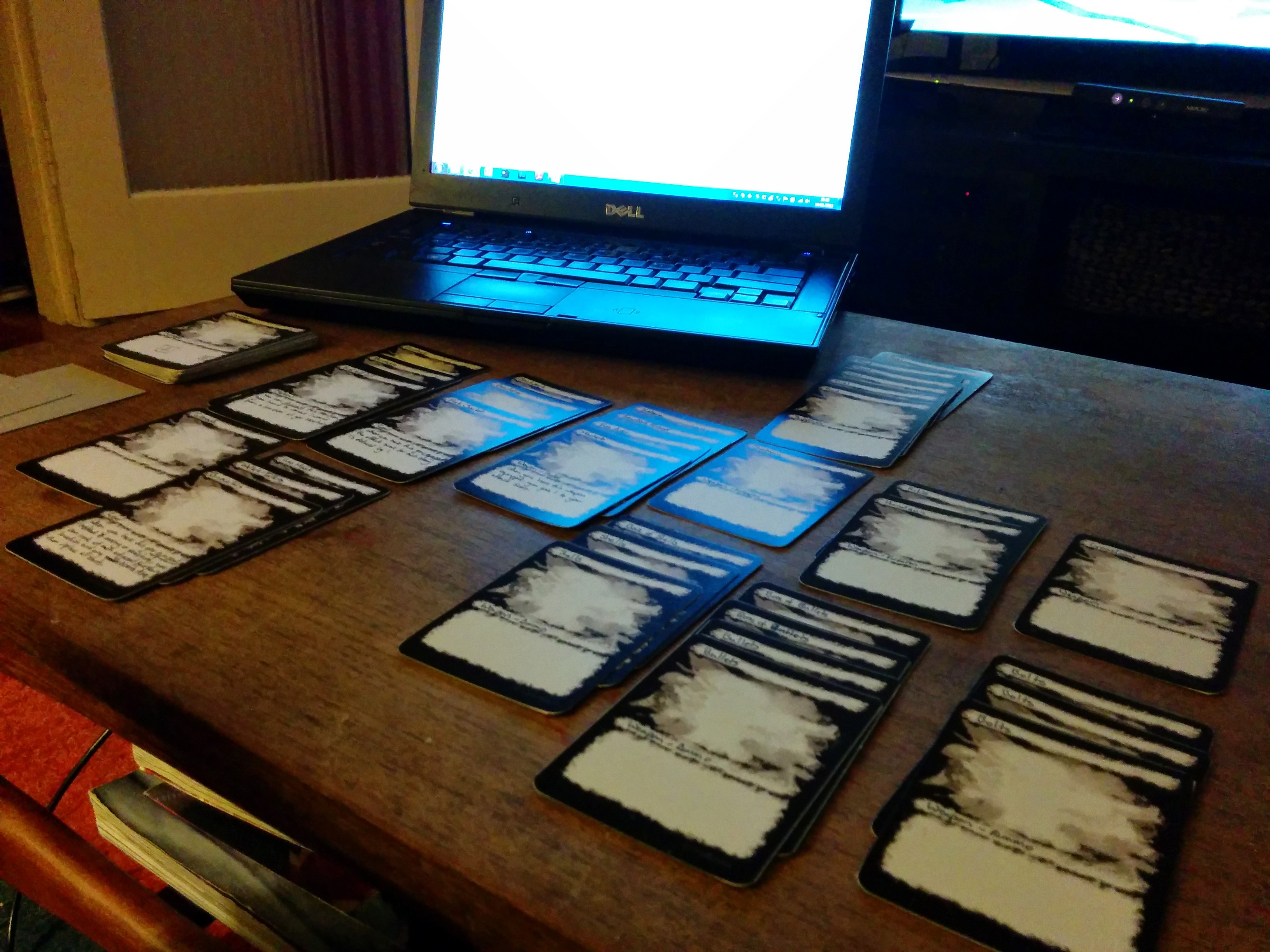
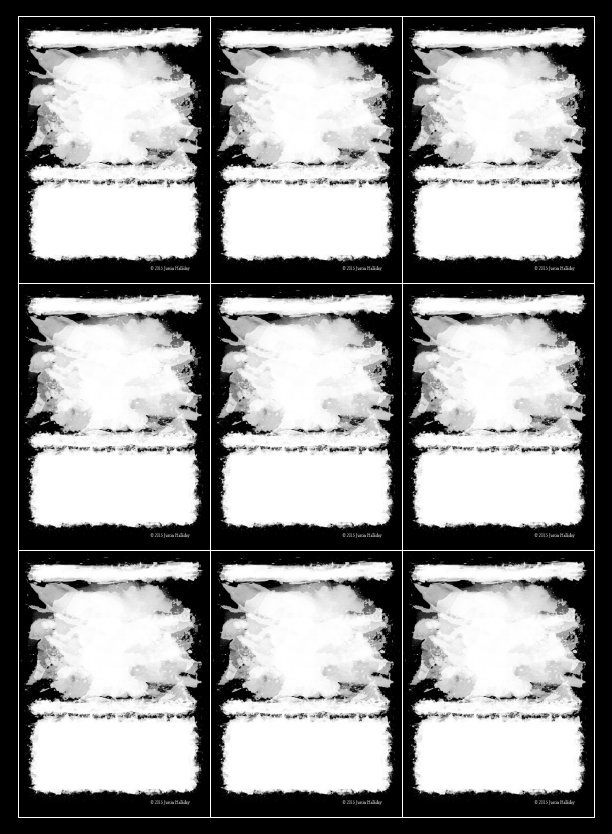
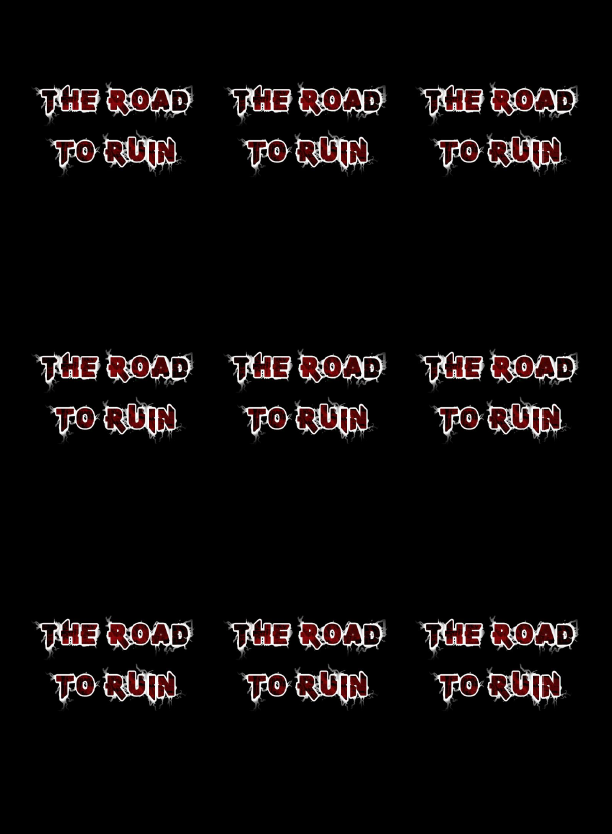
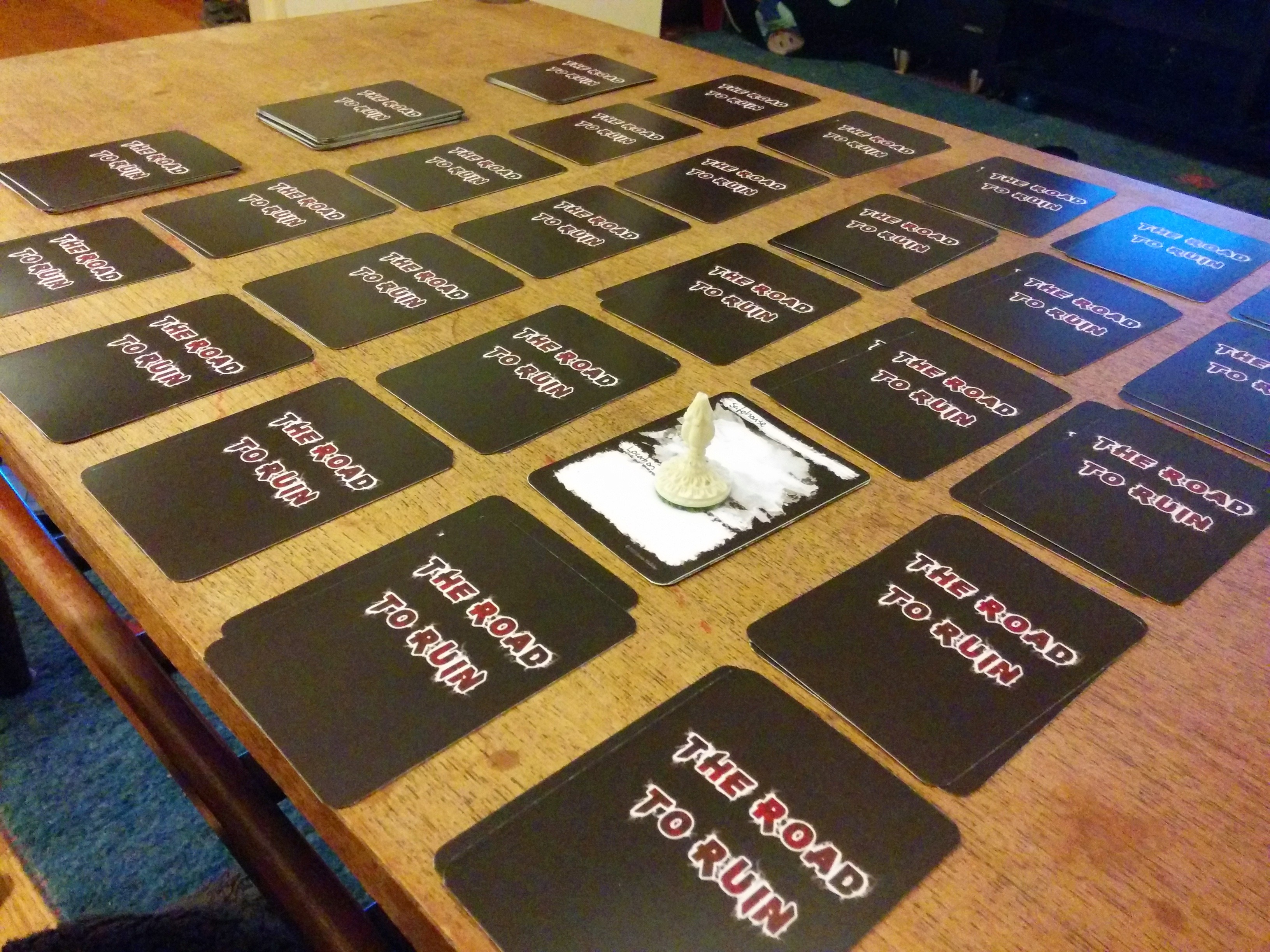
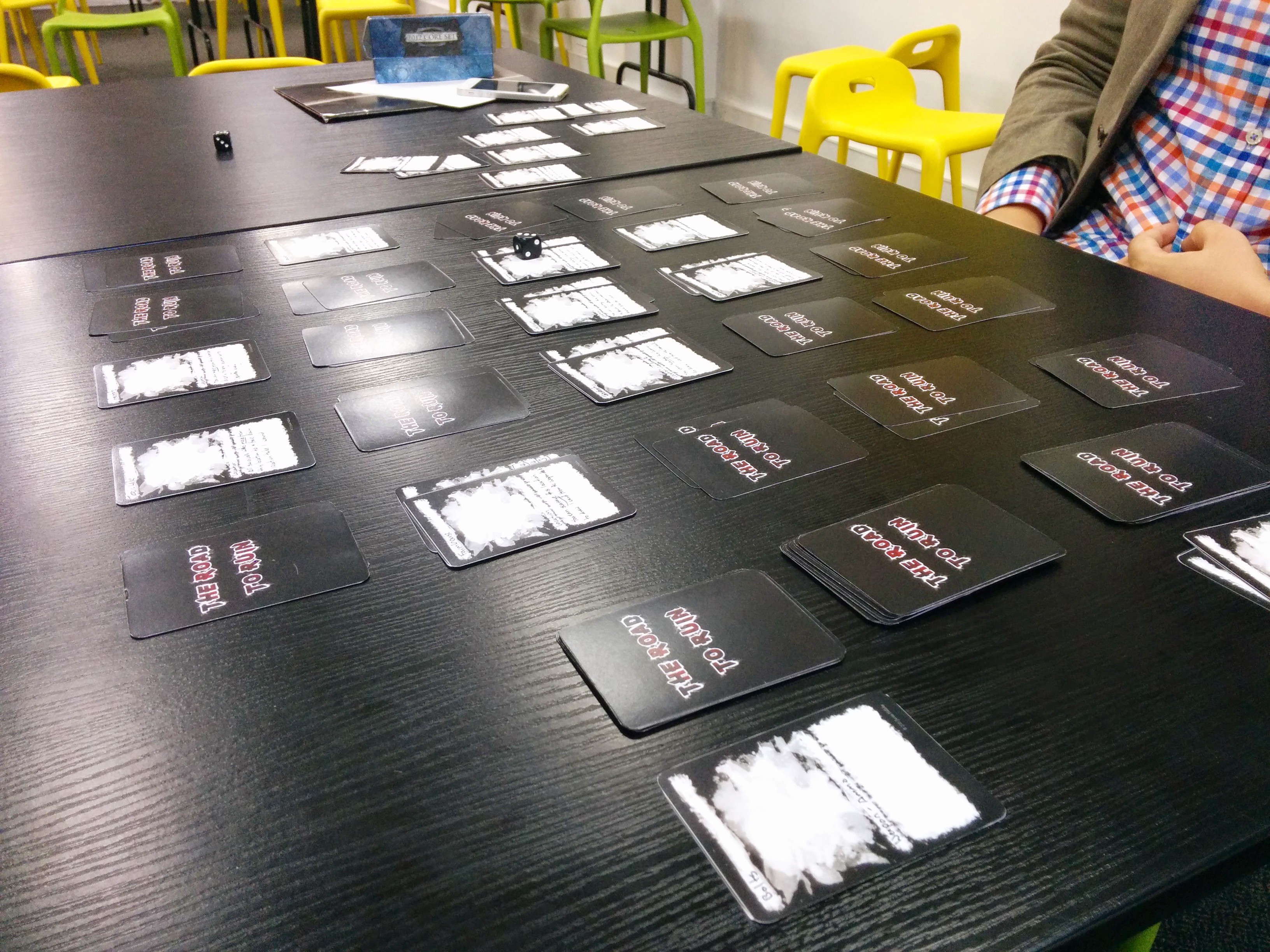
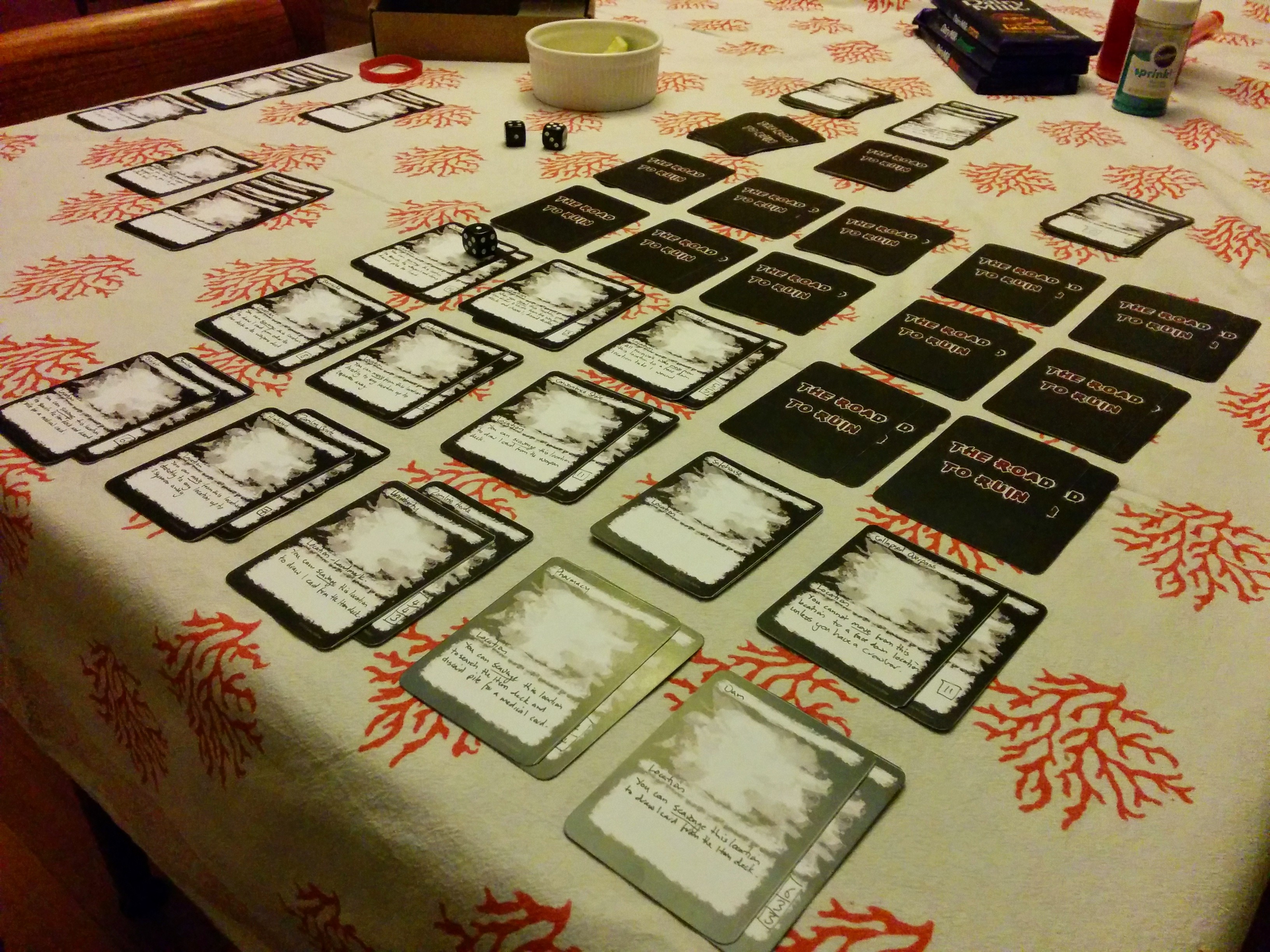
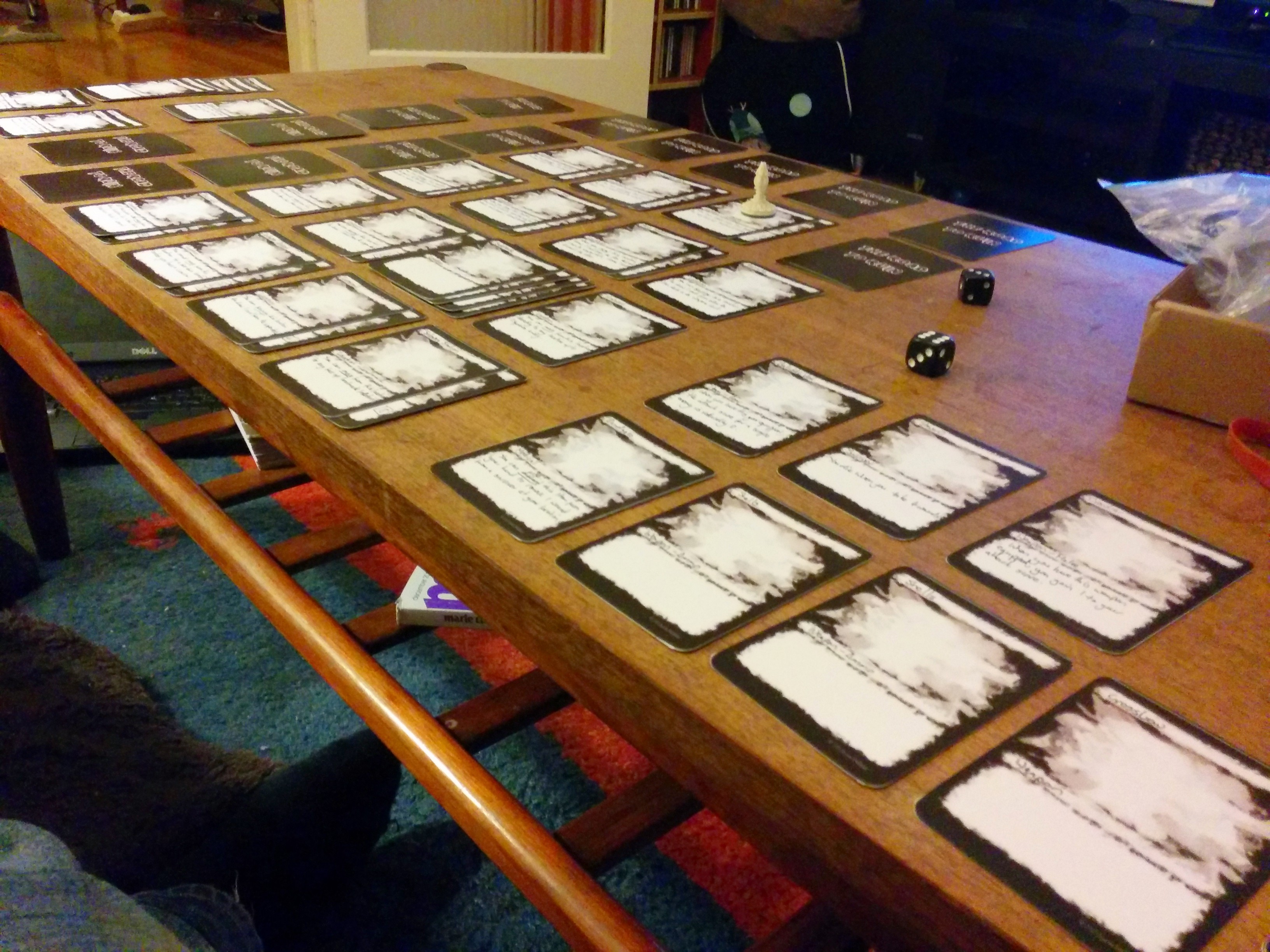
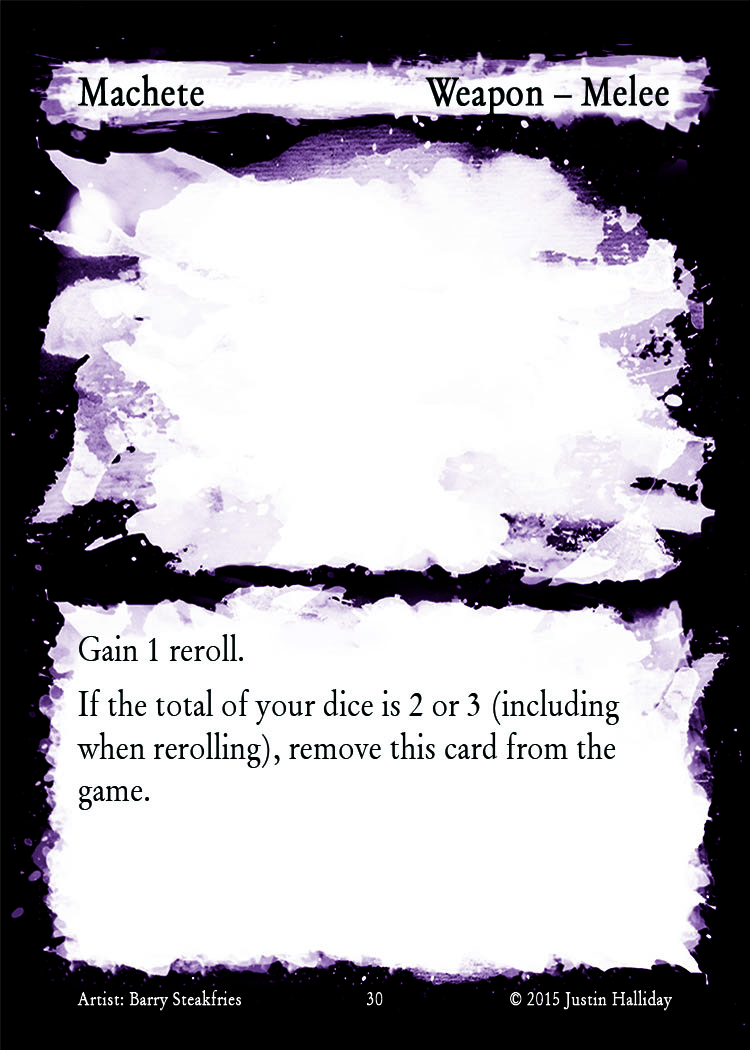
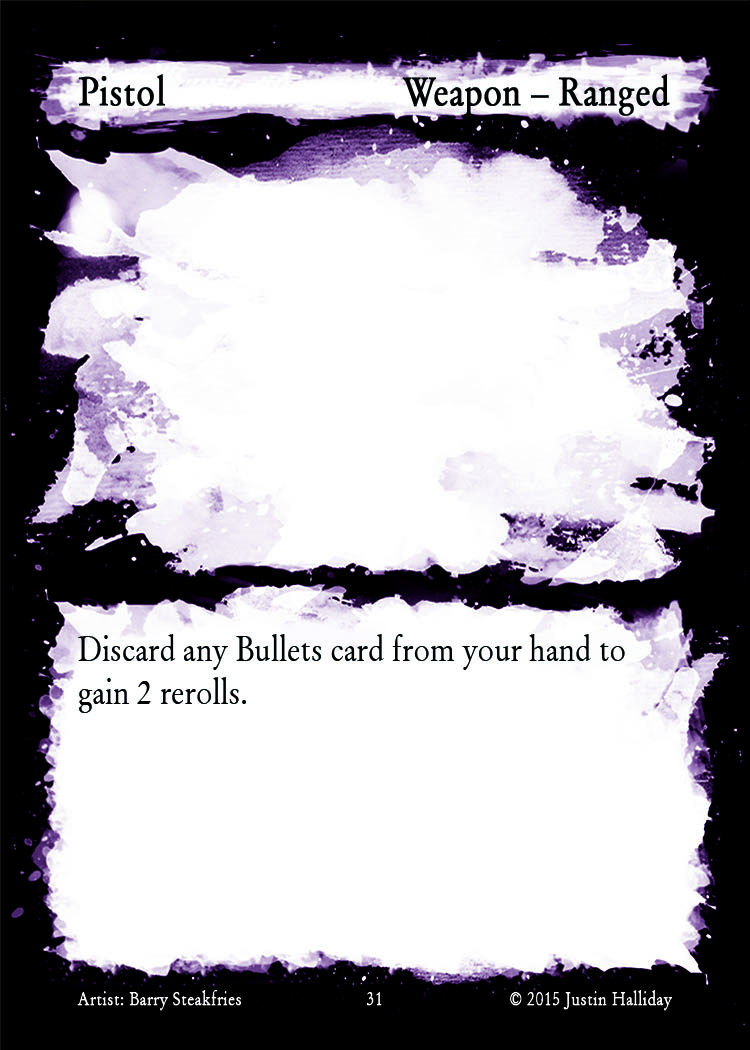
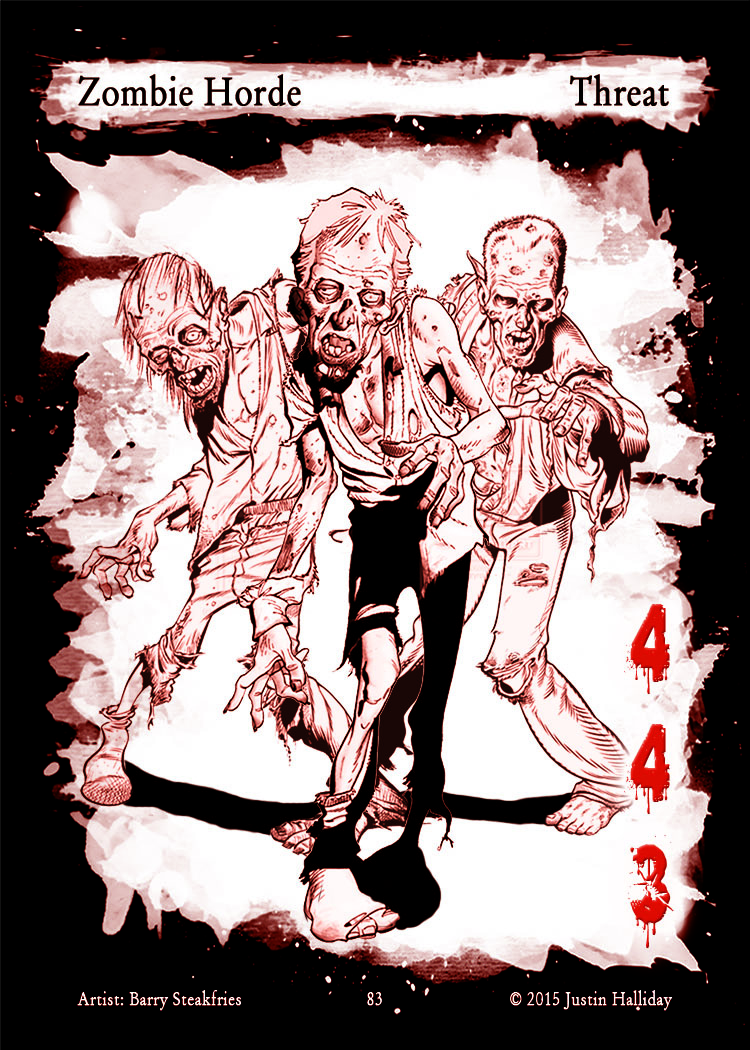
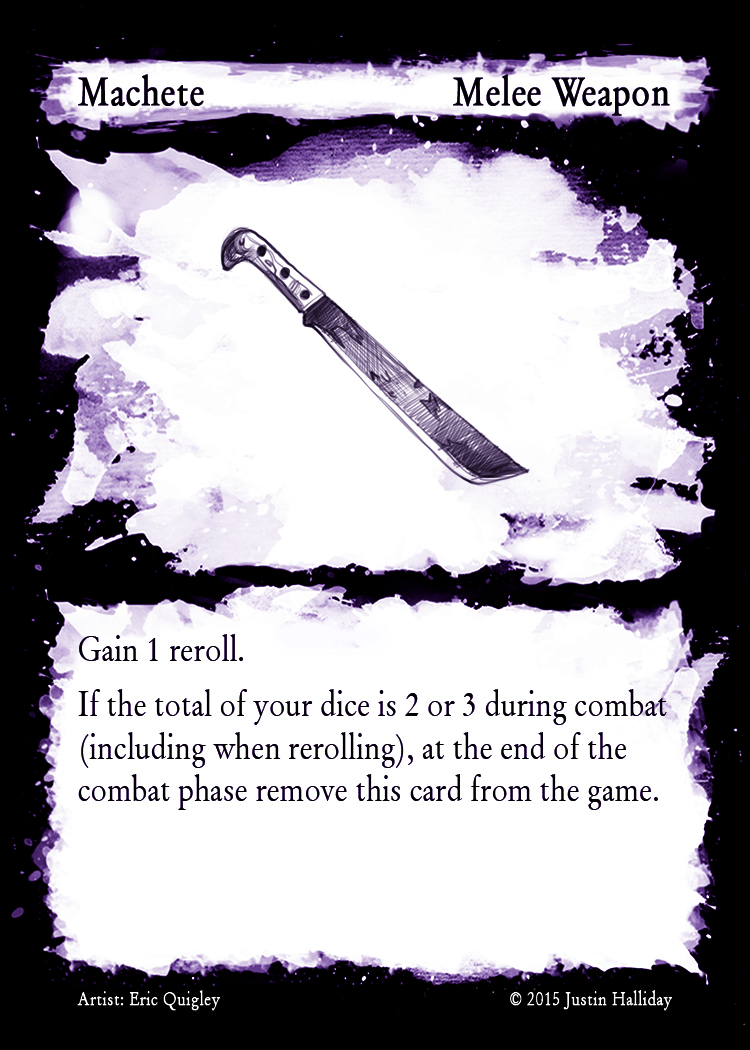
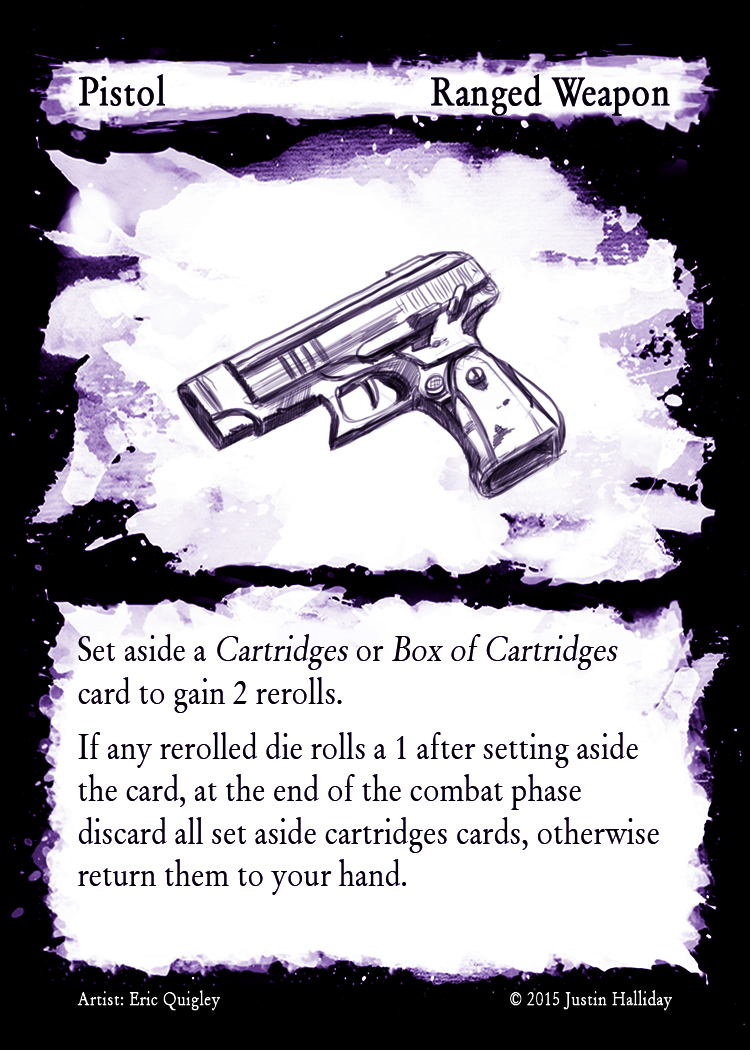
![Road to Ruin, The – Card – 82 – Zombie Horde[5]](https://www.heroforgegames.com/wp-content/uploads/2016/12/Road-to-Ruin-The-Card-82-Zombie-Horde5.jpg)
